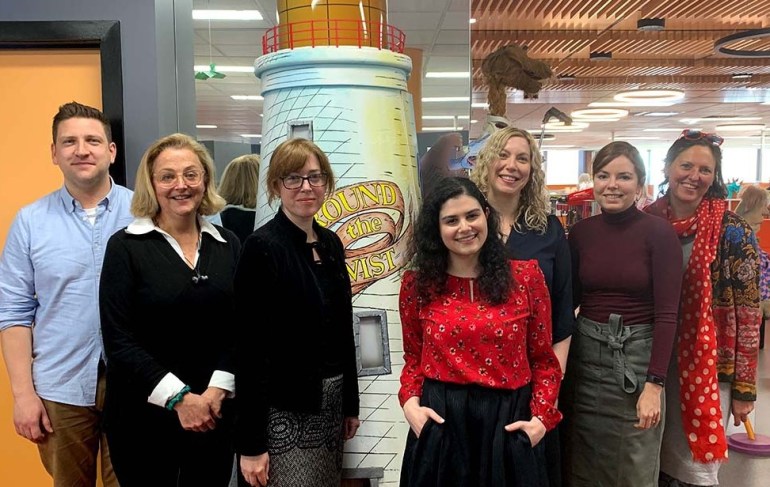The Australian Children’s Television Foundation has commissioned a four-year, $328,000 research project into the state of children’s television.
To be delivered in partnership with Swinburne University, ‘Australian Children’s Television Cultures’ will investigate how and why audiences value, discover, and consume local children’s content in the era of on-demand streaming.
For chief investigators Liam Burke, Jessica Balanzategui, Joanna McIntyre, and Djoymi Baker, this means examining responses to changes in technology, local content legislation, and evolving tastes.
Balanzategui told IF the project would bring together different aspects of the children’s television landscape.
“The research will have a few different pillars to it,” she said.
“There is the audience research component, which is a series of surveys, and we’ll also be looking into the experience of educators and how much they have used ACTF resources and shows in their teaching.
“We will do some policy and industry research into how the streaming service landscape changes the situation around local children’s television.”
Australian children’s television has undergone a period of significant change across the past 18 months.
With fixed local content quotas on free-to-air commercial networks relaxed in January, there is now no mandate for any broadcaster or platform to produce local content for children.
At last year’s budget, the government announced an additional $20 million for the ACTF, which has been followed by a further $11.9 million this year.
However, Australian Children’s Producers (ACP) has called for more to be done to future proof the sector, with the group lobbying for a 20 per cent children’s sub-quota to be placed on streaming platforms, based on an overall 20 per cent revenue-based local content requirement.
The ACTF has since partnered with Stan on a feature film initiative, calling for pitches aimed at children’s, family, or tween/teen audiences.
Balanzategui hoped the research conducted at Swinburne would assist future production decisions from the ACTF, while providing “really rich” data and evidence to support policy decisions in the streaming era.
“In terms of scale and the different areas we will be focusing on, it’s the biggest on this topic,” she said.
“It should provide the most robust data from audiences we have seen in relation to children’s media in Australia.
“We’re really excited about that because it is a crucial time for the screen industries and for the government to be making decisions based on the data available.”
Find out how to contribute to the project here.


